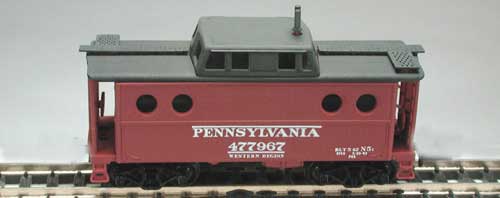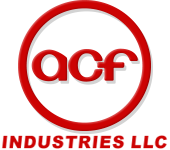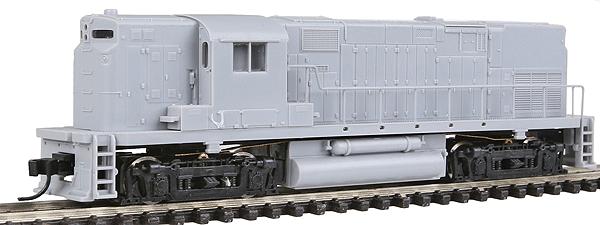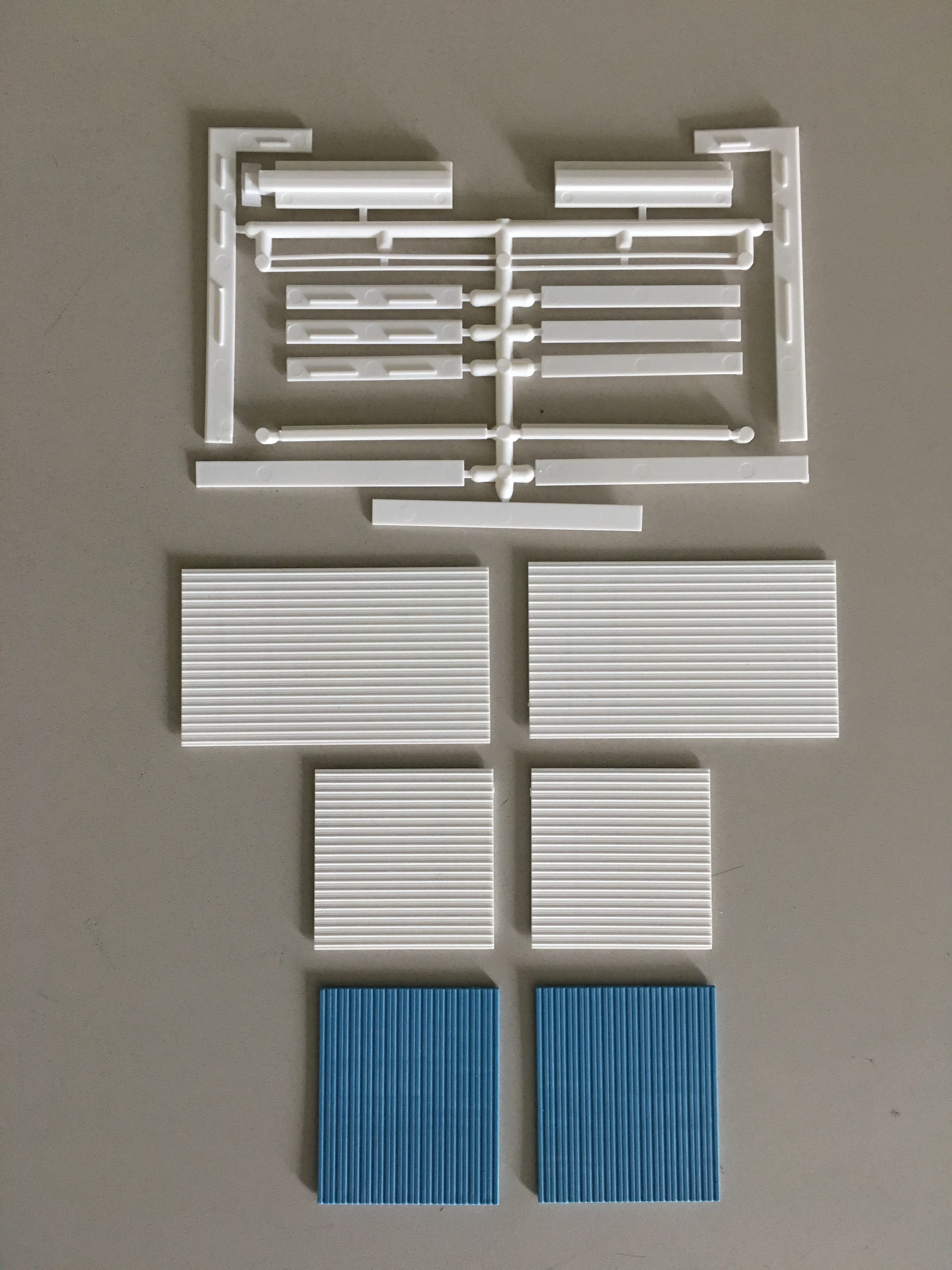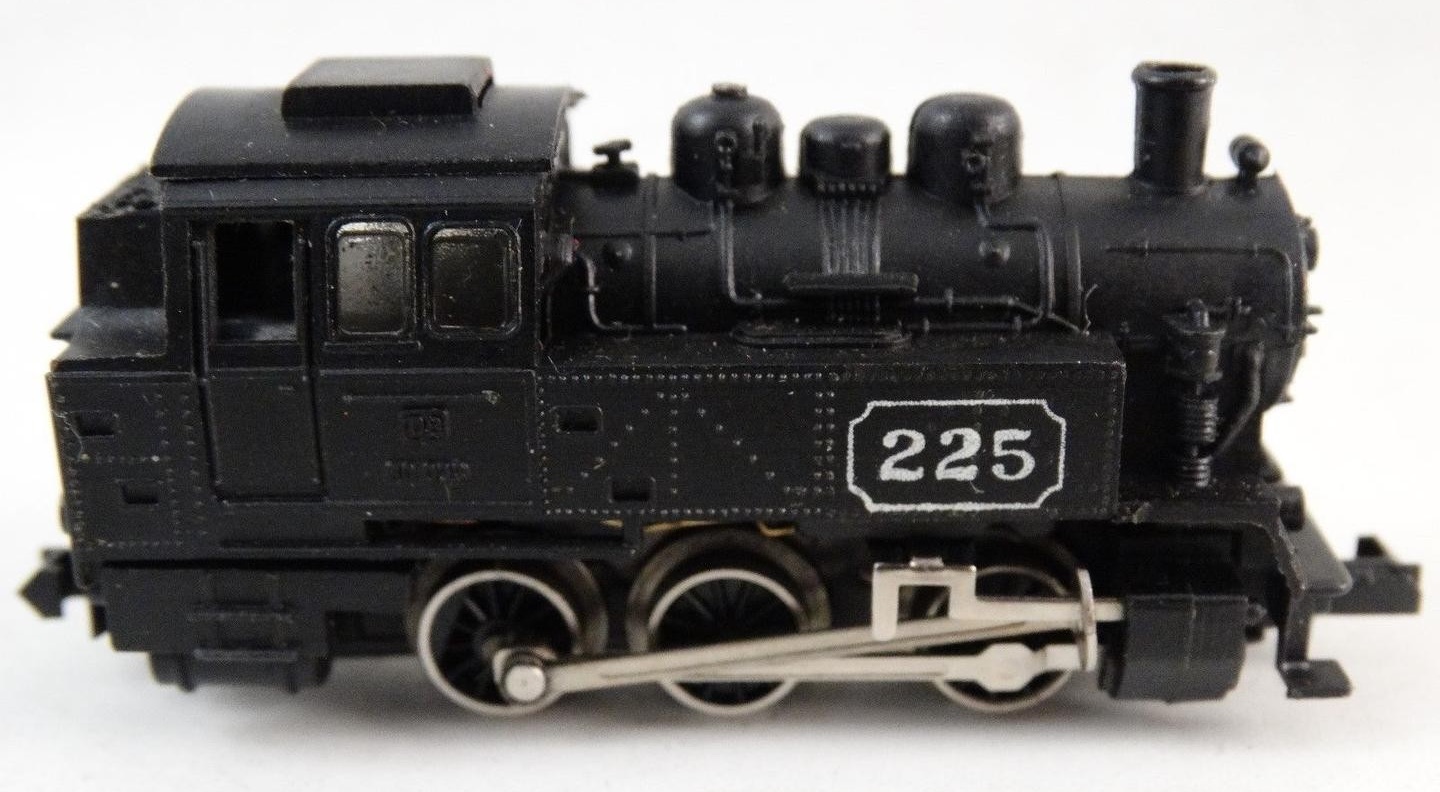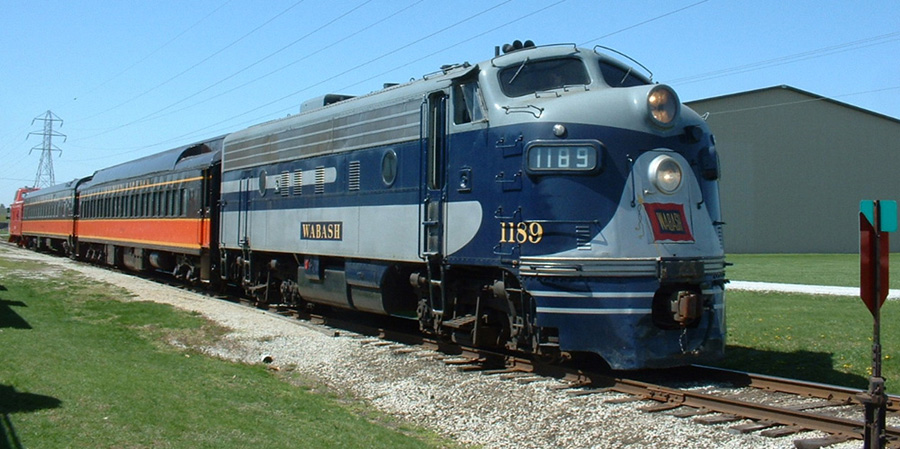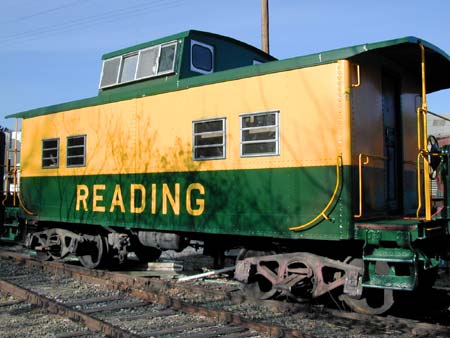Prototype History: The Northeast or NE style caboose was introduced by the Reading Railroad in 1924. The design was an all-steel version of a USRA design. The acquisition of these new cabooses was prompted by proposed Pennsylvania legislation requiring larger, more structurally sound caboose for use in through freight consists. The original set of cabooses was ordered from AC&F, but other manufacturers also adopted similar designs.
The Reading selection was made after the consideration of several designs. The original purchase was for 10 cars in 1924, but the design was so effective that it became the de-facto Reading standard and they continued purchasing new cabooses of this type through 1948. The design soon became popular with other Northeastern railroads such as the WM, L&NE, LV, CNJ and others.
The Reading selection was made after the consideration of several designs. The original purchase was for 10 cars in 1924, but the design was so effective that it became the de-facto Reading standard and they continued purchasing new cabooses of this type through 1948. The design soon became popular with other Northeastern railroads such as the WM, L&NE, LV, CNJ and others.
Road Name History: 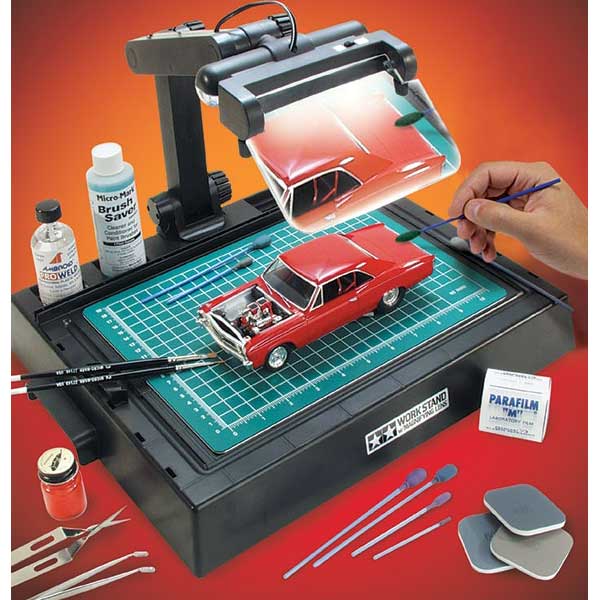 Although they may be molded in color, unpainted and unlettered, undecorated products are marketed to modelers who seek to custom decorate their models for private roads and/or road and/or company names that were not commercially produced by any of the major manufacturers.
Although they may be molded in color, unpainted and unlettered, undecorated products are marketed to modelers who seek to custom decorate their models for private roads and/or road and/or company names that were not commercially produced by any of the major manufacturers.
Undecorated models are frequently also unassembled or only partially assembled and required modelers to be comfortable with glue, paint and sometimes solder in order to prepare their models for display. Materials for these models can vary but often include plastic, pewter and resin. Models may or may not come with decals or other decorations such as plastic signage, railings and ladders to enhance the appearance of the final product.

Undecorated models are frequently also unassembled or only partially assembled and required modelers to be comfortable with glue, paint and sometimes solder in order to prepare their models for display. Materials for these models can vary but often include plastic, pewter and resin. Models may or may not come with decals or other decorations such as plastic signage, railings and ladders to enhance the appearance of the final product.
Brand/Importer Information: On May 1, 1961, Bowser was purchased by Lewis and Shirlee English and moved from Redlands, CA to their basement in Muncy, PA. The original Bowser Manufacturing Co first advertised in the model railroad magazines in November 1948. At that time, the company had only one (HO Scale) engine, the Mountain, which had a cast brass boiler that is no longer available. It was sometime later that Bowser (Redlands) developed the NYC K-11 and the UP Challenger. The molds were made by K. Wenzlaff who introduced himself at the MRIA Show in Pasadena, CA in 1985 These two locomotives are still current production.
Bowser entered into N Scale in 1998 with their acquisition of the Delaware Valley Car Company, a manufacturer of N scale freight cars.
Bowser entered into N Scale in 1998 with their acquisition of the Delaware Valley Car Company, a manufacturer of N scale freight cars.
Item created by: Lethe on 2015-10-02 10:12:42. Last edited by CNW400 on 2020-05-26 15:35:44
If you see errors or missing data in this entry, please feel free to log in and edit it. Anyone with a Gmail account can log in instantly.
If you see errors or missing data in this entry, please feel free to log in and edit it. Anyone with a Gmail account can log in instantly.


